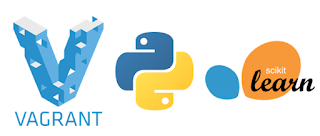Failure is Hard

Couple of days ago there was another massive outage on Amazon Web Services. This time was around AWS DynamoDB and that create lots of noise on the the web. Was not the first time a outage happened and wont be the last time for sure. There are some summary report from aws you can check. So is this the end of cloud computing? Should we stop using cloud as single provider? All this questions start emerge from the web . I dont think thats the case - for sure there are some lessons learned from this last incident. The reality is distributed computing is hard and will always be.













